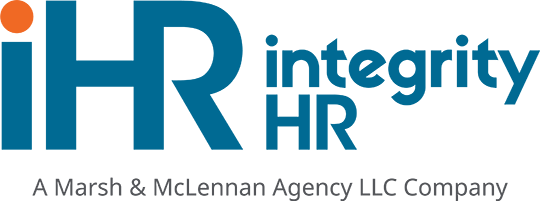An employee handbook is a critical tool for organizations, serving as a bridge between employer and employee by clarifying expectations, rights, and responsibilities. Keeping it updated and current is not just a matter of best practice; it’s a legal safeguard and a foundation for a positive workplace culture.
 Importance of an Employee Handbook
Importance of an Employee Handbook
Foundation for Workplace Policies: An employee handbook establishes standard policies and procedures, ensuring consistency in operations and decision-making. It sets clear expectations for employee behavior and outlines the company’s commitment to compliance and ethics.
Legal Protection: A well-crafted handbook can protect both the employer and the employee. It documents the organization’s adherence to employment laws and regulations, reducing the risk of legal disputes. It also informs employees of their rights and the company’s procedures for addressing workplace issues.
Orientation and Onboarding Tool: For new hires, the handbook serves as a comprehensive guide to the company’s culture, policies, and expectations. This facilitates a smoother integration into the company and helps build a sense of belonging.
Communication Channel: Updating the handbook regularly ensures that all employees are informed about changes in company policies, legal requirements, or benefits. This transparency fosters trust and engagement.
Main Areas to Include in an Employee Handbook
- Company Overview and Mission: Introduce the company’s history, mission, values, and culture.
- Employment Policies: Clearly outline the terms of employment, work hours, attendance expectations, and telecommuting policies.
- Code of Conduct: Define acceptable behavior, dress code, confidentiality requirements, and conflict-of-interest policies.
- Compensation and Benefits: Describe salary structures, bonus potential, benefits (health, dental, retirement plans), and leave policies.
- Leave Policies: Include details on vacation, sick leave, family leave, and other types of leave.
- Disciplinary Procedures: Outline the steps for addressing policy violations, including the escalation process.
- Compliance with Laws: Detail the company’s commitment to adhering to employment laws, including anti-discrimination policies, health and safety regulations, and accommodations for disabilities.
Updating the Employee Handbook
Frequency of Updates: Ideally, the employee handbook should be reviewed and updated annually to reflect changes in company policies, legal requirements, and industry practices. Significant changes in employment law or company structure may necessitate more frequent updates.
Process for Updates: Regular reviews should involve legal counsel to ensure compliance with current laws and regulations. Employers should communicate any changes to the handbook to all employees, requiring acknowledgment of receipt and understanding.
Employment Laws Affecting the Employee Handbook
Several key employment laws must be considered when drafting and updating an employee handbook:
Fair Labor Standards Act (FLSA): Establishes minimum wage, overtime pay eligibility, recordkeeping, and child labor standards affecting full-time and part-time workers in the private sector and in federal, state, and local governments.
Family and Medical Leave Act (FMLA): Entitles eligible employees to take unpaid, job-protected leave for specified family and medical reasons with continuation of group health insurance coverage under the same terms and conditions as if the employee had not taken leave.
Occupational Safety and Health Administration (OSHA): Ensures safe and healthy working conditions for workers by setting and enforcing standards and by providing training, outreach, education, and assistance.
Equal Employment Opportunity Commission (EEOC): Enforces federal laws that make it illegal to discriminate against a job applicant or an employee because of the person’s race, color, religion, sex (including pregnancy, transgender status, and sexual orientation), national origin, age (40 or older), disability, or genetic information.
National Labor Relations Act (NLRA): Protects the rights of employees and employers, to encourage collective bargaining, and to curtail certain private sector labor and management practices, which can harm the general welfare of workers, businesses, and the U.S. economy.
An employee handbook is more than just a document; it’s a living tool that embodies the company’s values, expectations, and commitment to its employees. Keeping it updated ensures that the company evolves with changing laws, technologies, and workplace dynamics, fostering a culture of transparency, compliance, and mutual respect. Regular updates, informed by legal counsel and communicated effectively to all employees, are crucial to maintaining its relevance and effectiveness.
Contact our team to evaluate, create, or update your employee handbook – Get Your Free Consultation.


 Importance of an Employee Handbook
Importance of an Employee Handbook








